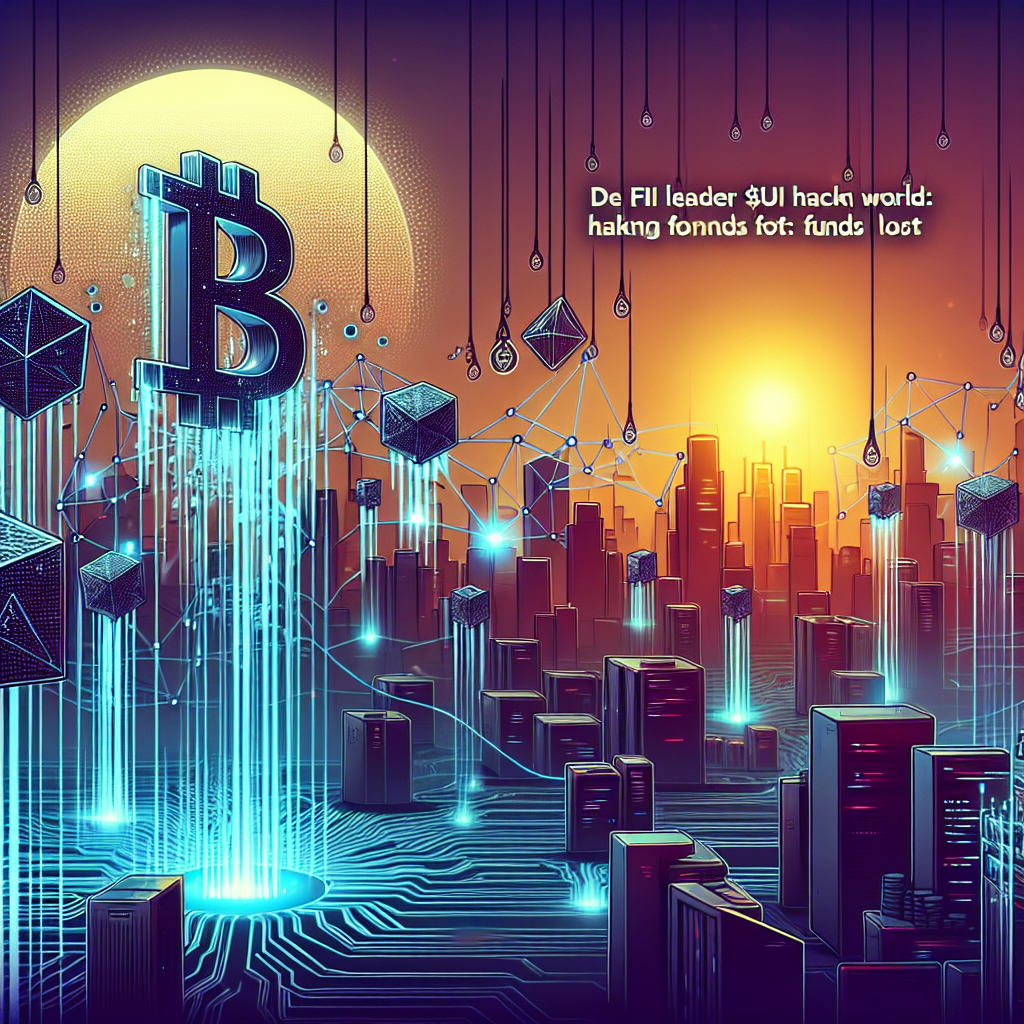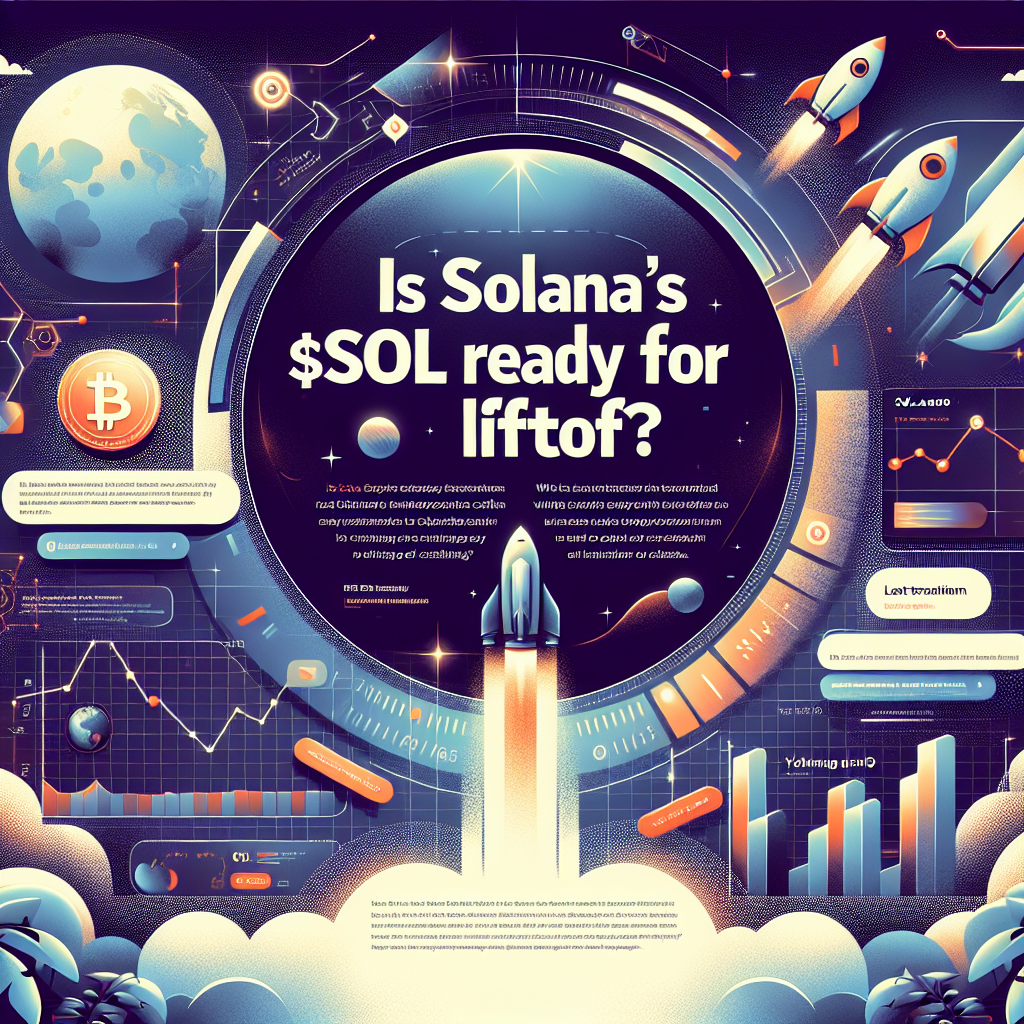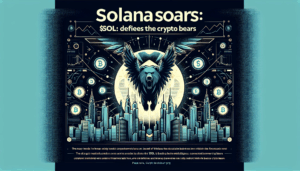The Solana Governance Token, commonly known as SOL, is like the life of the crypto party, especially if you’re into fast transactions and extremely low fees. As a cornerstone of the Solana network, SOL is here to make everyone’s lives easier, whether you’re an NFT collector, a DeFi degen, or just a regular hodler.
What is SOL All About?
The Solana network launched on March 16, 2020, riding high on its promise of being the fastest blockchain in the race. And who doesn’t want a speedy trip to the moon? With a market cap that’s dancing around the billions, SOL is a key player that aims to make blockchain scalable and user-friendly.
With SOL as the native token of the Solana blockchain, it serves a bunch of roles, from staking to transaction fees, and even governance—all in a world where speed and scalability are king. No long wait-times or hefty fees here, folks. We’re talking 65,000 transactions per second, with an average cost of $0.00025 per transaction. If that doesn’t sound like a degen dream, I don’t know what does.
Critical Yet Entertaining Insight
So, where’s the catch, you ask? Well, like all things in crypto, Solana has its fair share of ups and downs. Network hiccups have happened, leaving users momentarily rekt. But with innovations and upgrades in the pipeline, SOL’s looking to keep hodlers confident in its promise of a smooth and fast-paced future.
And now, the tokenomics: initially, 500 million SOL tokens saw the light of blockchain day, with staking designed to keep the ecosystem secure and frothy with rewards. All while being super fun, thanks to the network’s decked-out speed and versatility.
Keep an eye on SOL! While volatility is the name of the game, Solana continues to aim for the stars, hoping to leave rekt moments behind and making ‘wen moon’ not just a question, but a reality!






 Solana Governance Token
Solana Governance Token CoinMarketCap
CoinMarketCap
